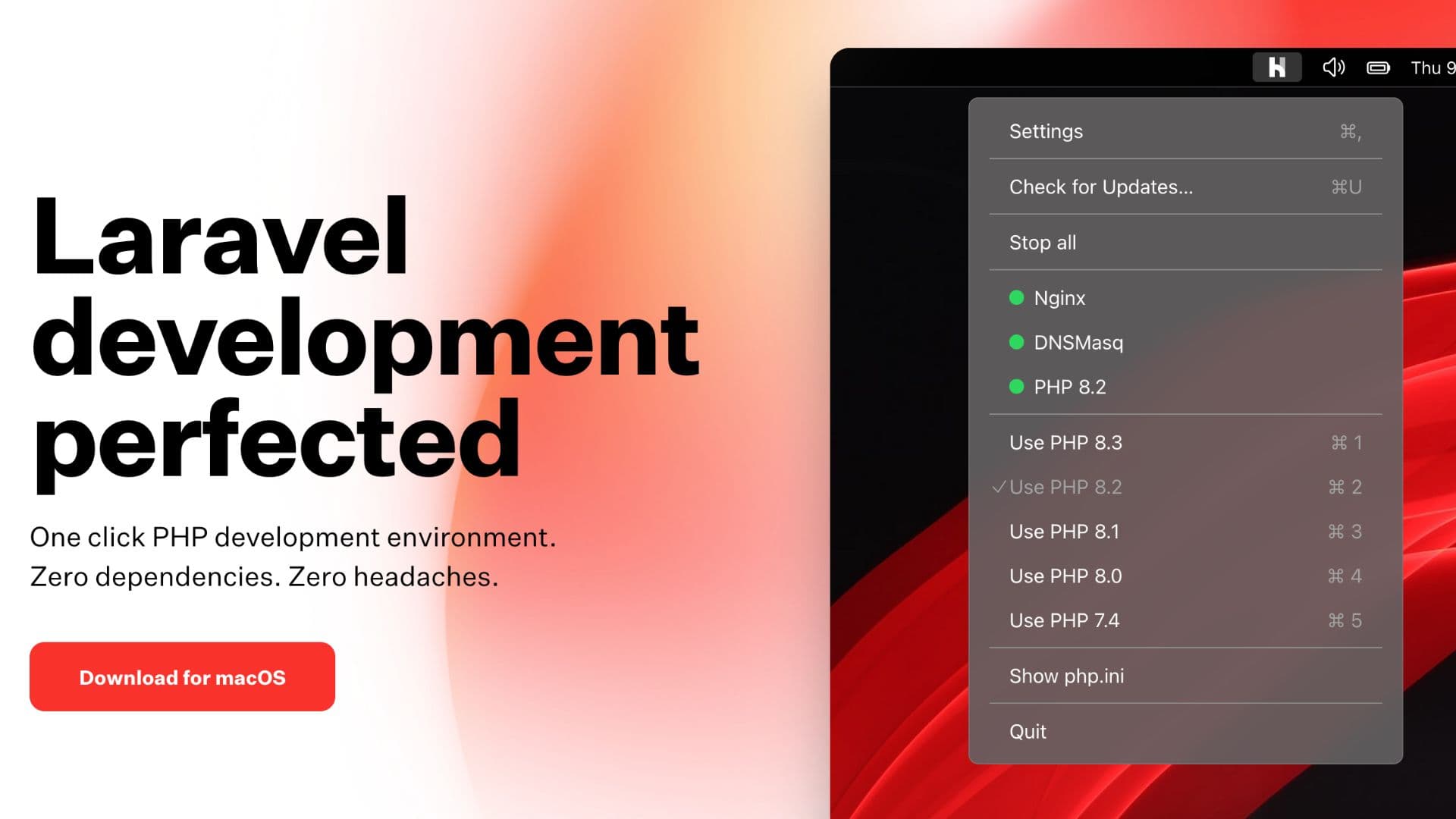Laravel Herd was announced this year by LaraconUS. It is an opt-in replacement for Laravel Valet. However, other competitors with fully virtualized development platforms, like Vagrant, will join the race.
Anatomy of Herd and Vagrant
Laravel Herd is a development environment for Laravel. One core feature is you can use multiple versions of PHP simultaneously. When you change from the menu, your bash PHP version will change, the FPM version will change, and more.
Vagrant Homestead is a fully virtualized platform. You must install Oracle VirtualBox or Parallel Desktop to start your website. It is full virtualization and will require more machine power.
When to use Herd, and when is Vagrant?
Laravel Herd is the best case if you want to develop with minimal setup. You install Herd and start building your website. It has no database backend, so don't forget to use DBngin.
Laravel Herd is for Laravel, but in my case, I use it for Drupal. Drupal is a resource-consuming app, and I had many kernel panics with Vagrant while developing for Drupal. I don't want to use Mamp or other local developments because they do not integrate by default with my Bash like Laravel Herd does.
One main con of Laravel Herd is I can't find a way to add a library if I need to. In addition, I am a Linux enthusiast, and I love Linux because it has eternal freedom. Some libraries, such as wkhtmltopdf, require many Linux libraries to work. When such multiple libraries and tools requirements arise, I need Vagrant.
Conclusion
To be precise, Laravel Herd is a must-have tool for Laravel Development and other application development. It outperforms very well. The simple motto is:
Use Homestead if you don't need many PHP libraries, or use Vagrant.
